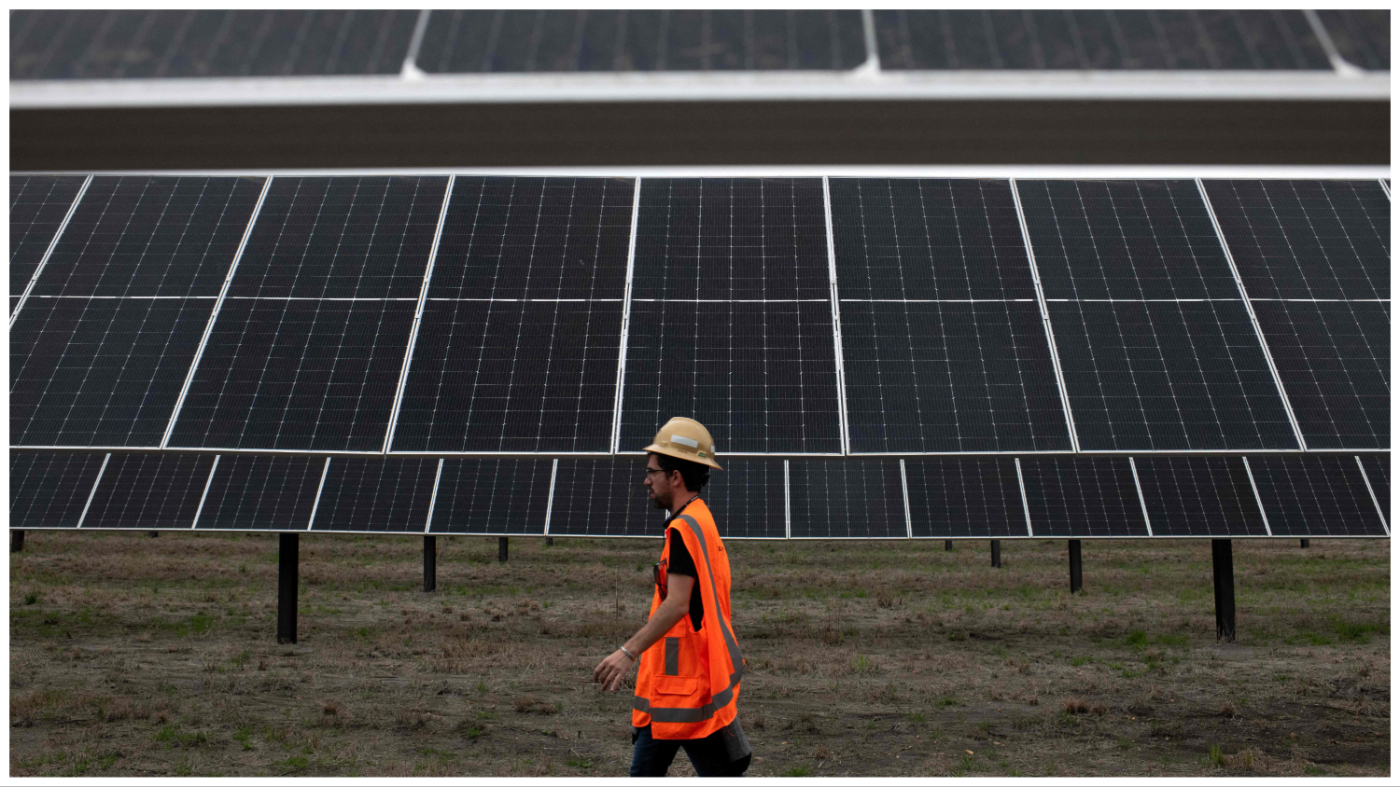The Lone Star State has ramped up solar installation since 2017, the year of the previous eclipse on the continent.
In the case of an anticipated event like an eclipse, utilities and grid operators are able to prepare in advance to make up for the loss and keep the lights on. But the actions they’ve taken to gird the grid against the eclipse offer a preview of a more complex problem that stretches beyond the short time the sun was blocked.
The path of totality was set to affect a swath of the U.S. from Texas to Maine with a collective solar power generation capacity of 6.5 gigawatts, according to the U.S. Energy Information Administration (EIA). While the moon only directly blocked sunlight for about four minutes, sunlight in the path of totality could have been limited for up to two hours, according to the EIA.
The agency projected that Texas, due to its position in the path of totality, would lose between 90 and 99 percent of solar power generation during the eclipse.
Although solar power accounts for just a fraction of the energy generated in Texas, generation and capacity in the state have expanded dramatically in recent years. A recent report from the nonprofit Climate Central indicates that the state’s solar capacity grew 37 percent last year compared to 2022, and that it was the No. 2 state for solar generation, behind California, with 31,700 gigawatt-hours.
“What’s different between now and 2017 is in 2017, the country had very little solar generation and now the country has a quite a bit and a lot of that solar generation is in Texas,” Thomas Overbye, director of the Smart Grid Center (SGC) and professor in the Department of Electrical and Computer Engineering at Texas A&M University, told The Hill in an interview.
“On a clear day we could get 25 percent of our generation from solar,” Overbye added. “If it weren’t for the eclipse we would get about 50 percent of our maximum solar and when the eclipse comes through that’s going to drop down to close to zero, maybe seven, eight percent maximum.”
Read more in a full report at TheHill.com.

















